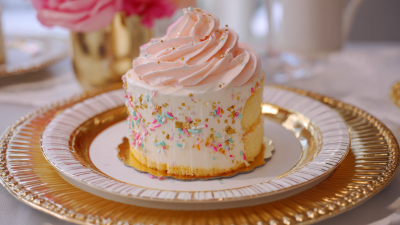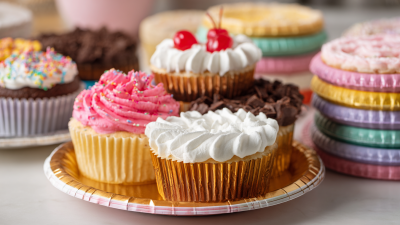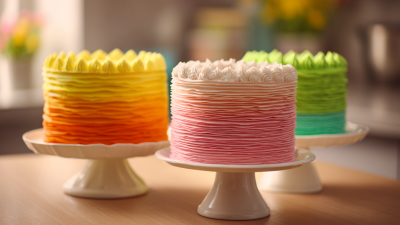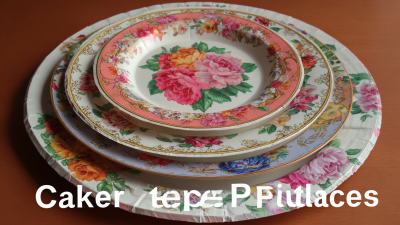Leave Your Message
When it comes to hosting events or enjoying a casual meal, the choice of servingware significantly impacts both aesthetics and functionality. Cake Paper Plates, in particular, have gained popularity in the food service industry, catering to the rising demand for convenience and eco-friendly options. According to a recent report by IBISWorld, the disposable plate market has seen a steady growth of 3.5% per year, driven by an increasing preference for take-out dining and gatherings. Thus, understanding the essential features of Cake Paper Plates, including their strength, design, and environmental impact, is crucial for consumers and businesses alike.
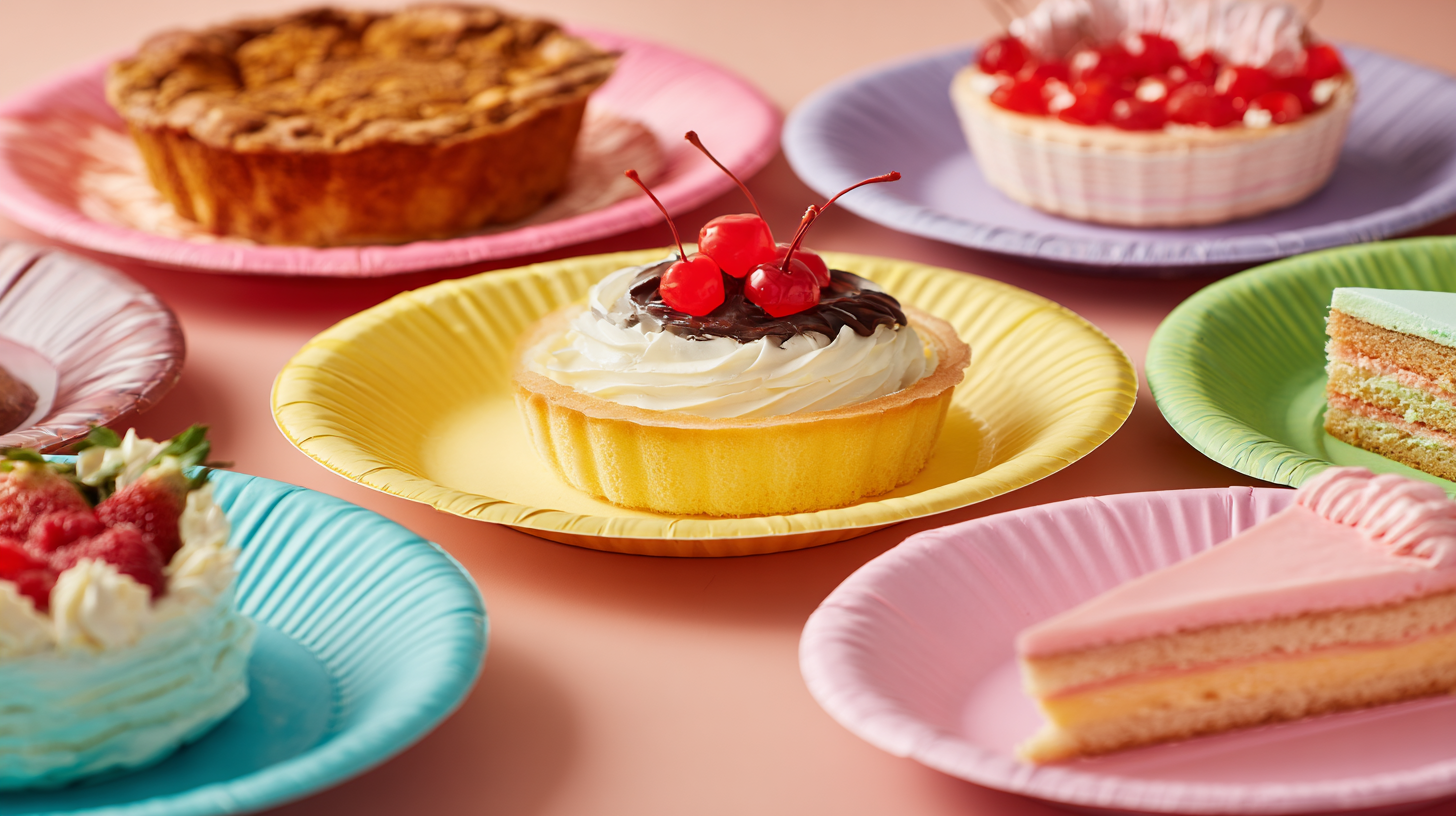
This article delves into the key characteristics and industry standards that simplify the process of selecting the most suitable Cake Paper Plates for various occasions, ensuring that you make an informed decision while also aligning with sustainability goals.
When it comes to selecting the right cake paper plates, understanding the core material types is essential. There are several materials commonly used in the production of cake paper plates, each offering distinct benefits. For instance, kraft paper is known for its durability and eco-friendliness, making it a popular choice for outdoor events. Its natural composition allows it to handle moist cakes and prevent leakage, while also being recyclable.
Another prevalent material is coated paper, which is often treated to resist grease and moisture. This type of plate is ideal for rich or creamy cakes, as the coating acts as a barrier to prevent sogginess. Additionally, there are biodegradable options made from plant-based materials. These plates not only provide excellent support for heavy cakes but are also compostable, appealing to environmentally conscious consumers. By analyzing these core material types, consumers can make informed decisions that align with their event needs and ecological values.
When selecting the right cake paper plates, evaluating their thickness and sturdiness is essential to ensure they can hold up our delicious confections. Industry standards indicate that the thickness of cake plates typically ranges from 0.5mm to 1.2mm. Plates with a thickness of 1mm or more are generally classified as heavy-duty, providing the necessary support for heavier cakes without bending or compromising structural integrity. According to a recent report by the Food Packaging Institute, 75% of consumers prefer thicker plates for cake displays, as they feel more confident that the plate will not buckle under the weight of the dessert.
In terms of sturdiness, the material composition plays a significant role. Plates made from sturdier materials like molded fiber or high-quality paperboard meet industry standards for durability and are resistant to moisture, which is crucial when serving frosted or cream-filled cakes. A study published in the Journal of Packaging Technology found that cake plates designed to meet ASTM D1590, which evaluates compressive strength, are significantly more durable than standard options. This durability not only enhances the presentation of cakes but also supports hygiene by reducing the risk of leaks that can occur with lower-quality plates.
| Feature | Industry Standard | Thickness (mm) | Weight Capacity (g) |
|---|---|---|---|
| Material Quality | FDA Approved | 0.4 | 1200 |
| Size Options | Standard (7", 9", 10") | 0.5 | 1500 |
| Grease Resistance | High | 0.6 | 1600 |
| Environmental Impact | Biodegradable | 0.7 | 1800 |
| Stackability | Good | 0.5 | 1500 |
When selecting cake paper plates, one of the most crucial considerations is their environmental impact. Traditional cake paper plates, often made from materials that undergo prolonged decomposition, contribute significantly to landfill waste. Moreover, many of these plates are coated with harmful chemicals that not only hinder their biodegradability but also pose risks to wildlife. Choosing biodegradable options is increasingly vital for eco-conscious consumers looking to minimize their environmental footprint.
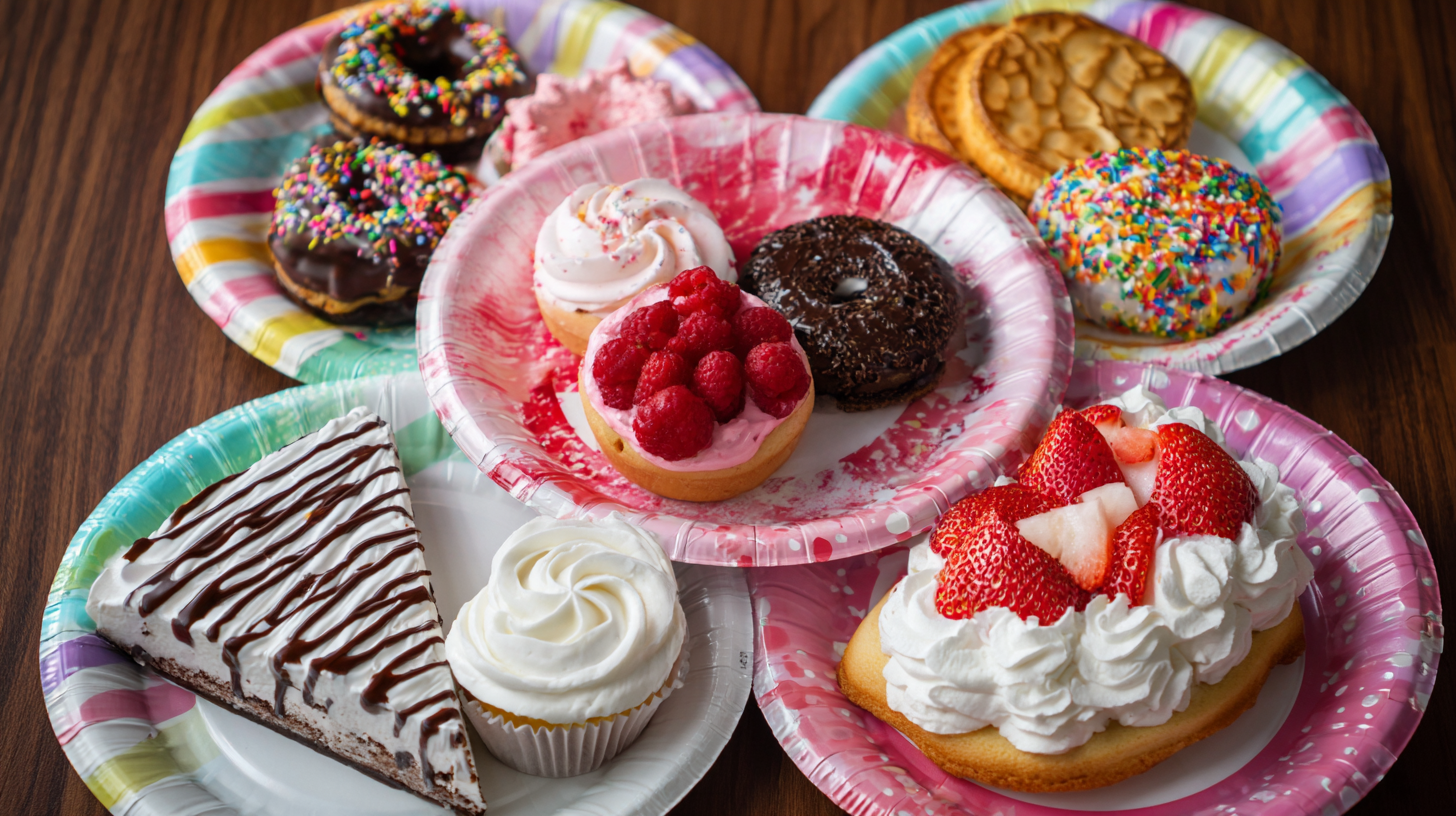
Biodegradable cake paper plates are crafted from sustainable materials such as unbleached paper, bamboo, or sugarcane pulp. These plates are designed to break down naturally and typically decompose within a few months under the right conditions. This eco-friendly alternative not only supports sustainable practices but also often comes without the harmful coatings found in traditional products. As consumers become more aware of their choices' ecological ramifications, opting for biodegradable cake paper plates stands out as a responsible and beneficial decision for both events and the planet.
When selecting the right cake paper plates, understanding the coating options is crucial for ensuring moisture resistance and greaseproof features. Traditionally, many parchment papers have utilized PFAS (per- and polyfluoroalkyl substances) to achieve their nonstick and moisture-resistant properties. However, recent concerns highlight the potential risks associated with PFAS leaching into food and the environment. As consumers became more health-conscious, the specialty paper market is evolving, prompting a shift towards safer alternatives that maintain performance.
Research shows a notable trend towards bio-based barrier coating materials for paper and cardboard food packaging. Innovative advancements in biobased polymeric alternatives are gaining traction, presenting viable solutions to improve moisture resistance without the environmental drawbacks associated with traditional coatings. Industry reports predict a significant increase in demand for such sustainable options from 2025 to 2035, especially in ready-to-eat (RTE) food packaging.
Tips: When choosing cake paper plates, look for those with certified bio-based coatings to ensure safety and sustainability. Additionally, verify if the product specifies greaseproof features without harmful chemicals. Lastly, consider the recommendations from specialty paper manufacturers to better understand your options and their impact on food quality.
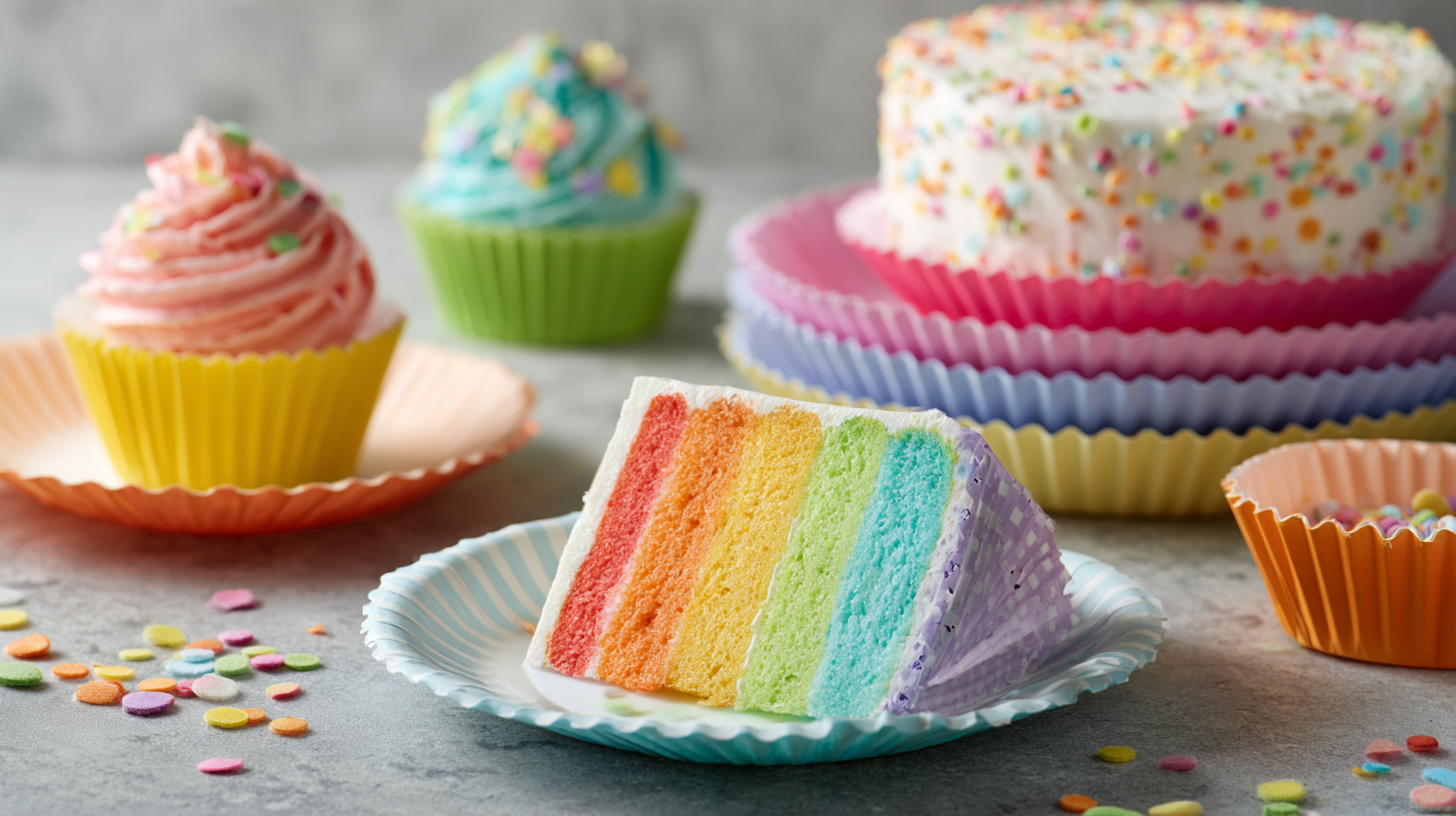
The bakery industry is experiencing a significant transformation, driven by advancements in technology and the rising trend of consumer preferences. In particular, the presentation of cakes has become a focal point, where the design and functionality of cake paper plates play a crucial role. As consumers increasingly gravitate towards aesthetically pleasing presentations, the demand for customized cake plates that align with personal style has surged. Reports indicate that 70% of consumers now prioritize quality and design over cost, emphasizing the importance of aligning product attributes with current market trends.
In addition, the dessert sector is seeing shifts towards eco-friendliness and sustainability, prompting manufacturers to innovate their offerings. The growing popularity of heavy-duty paper bowls and plates indicates that durability and aesthetics are paramount for modern consumers. Research shows that the global market for serveware, including cake plates, is expected to expand significantly, as brands recognize the necessity of adapting to consumer expectations.
As we look towards 2026, these trends will likely drive further development in cake presentation solutions, ensuring that the alignment between consumer desires and product features remains at the forefront of the bakery industry.
